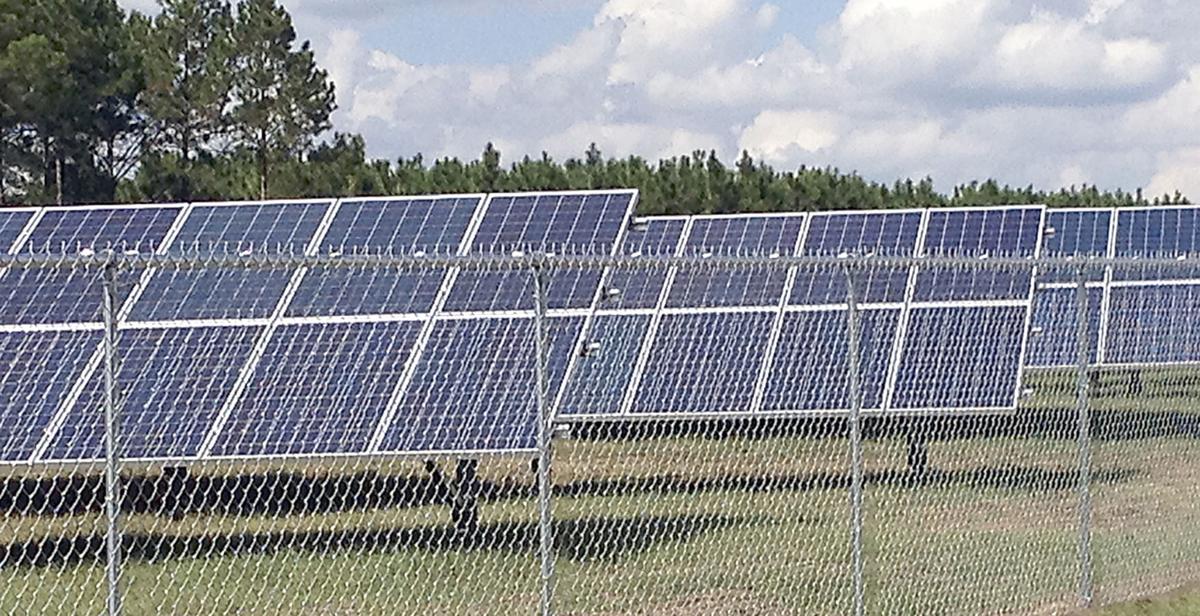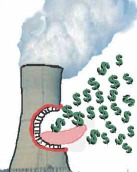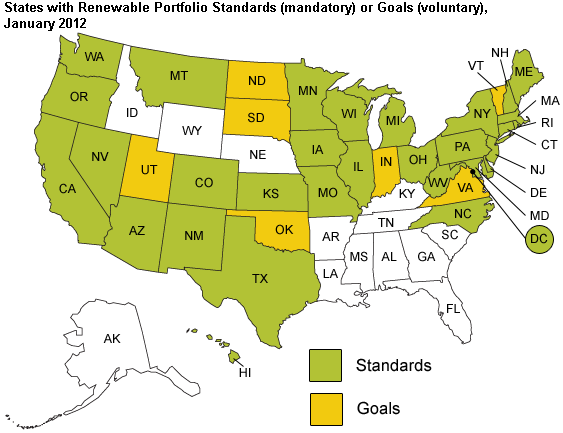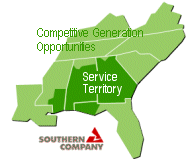In most states, financing solar energy is largely a matter of learning
all the local ropes.
In Georgia, there’s a bigger problem.
Michael Mendelsohn
wrote for RMI 5 December 2012,
How Do We Lower Solar Installation Costs and Open the Market to Securitized Portfolios: Standardize and Harmonize,
Soft costs can be pretty tough. The cost of solar installations can
be generally separated into “hard” costs — representing
primary components such as modules, racking, inverters — and
soft costs including legal, permitting, and financing. While the
former group — particularly modules — have dropped
dramatically over the last several years, the latter have not.
According to a recent NREL analysis, these costs represent roughly
30% of both residential and utility installations (slightly less for
commercial-host systems). See Figure 1.

In fact, soft costs are so critical to the overall success of solar
adoption, their reduction is a primary focus of the Department of
Energy’s SunShot Initiative to make solar energy cost-competitive.
In order to reduce the cost of financing, NREL recently completed
and continues to work on various efforts to tap public capital
markets and enable other vehicles that securitize project
portfolios.
We’ll come back to tapping public capital markets and the like,
because that’s the key to what
Georgia Solar Utilities (GaSU) is trying to do.
But there’s a special problem in Georgia, buried in the next paragraph:
Continue reading →









